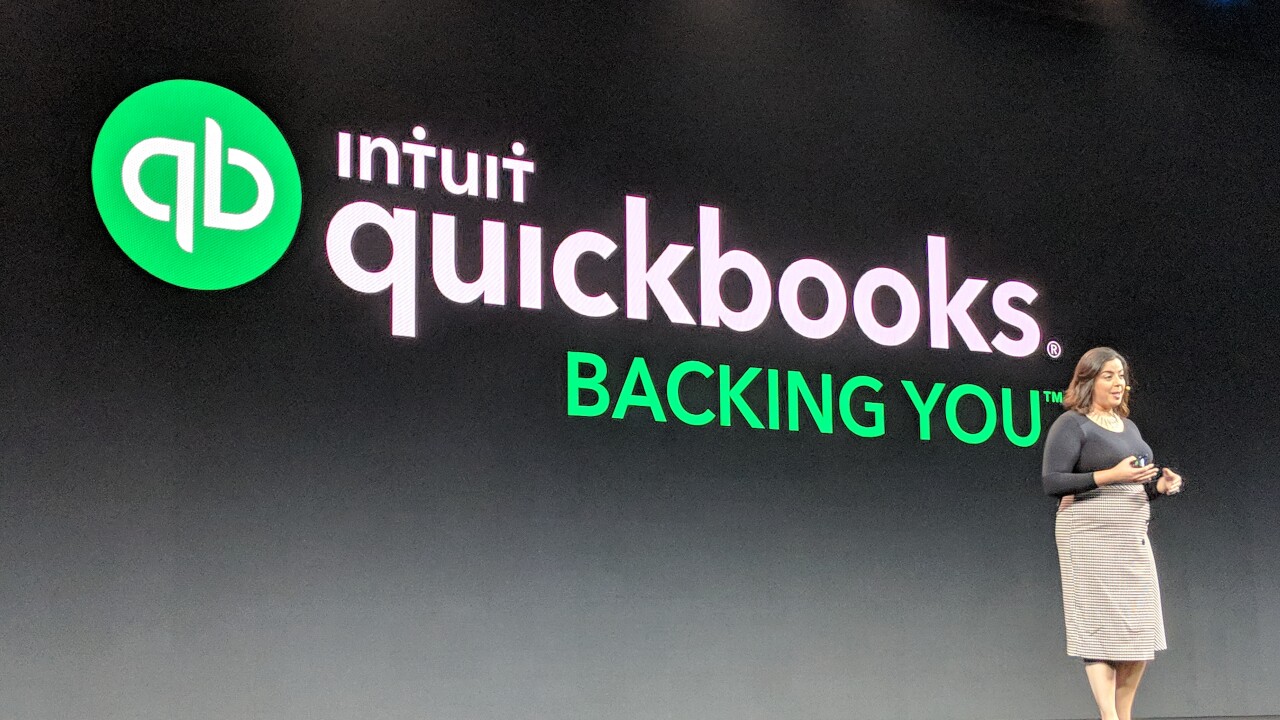XBRL International has released a
Last year, the Securities and Exchange Commission began requiring large public companies to file their financial reports using XBRL technology, which provides data tags to make it easier to analyze financial statements and compare them across companies and industries.
The XBRL Standards Board developed the discussion document for XBRL International to determine the technical goals it should pursue over the next 10 to 15 years. It is looking for feedback to accomplish three primary goals: providing greater ease of use for developers, enabling information comparability around the world, and simplifying the use of XBRL data for analysis systems such as business intelligence software. The deadline for submitting a comment letter is March 19.
Were looking forward to distributing this document as broadly as possible and receiving market input so that we can develop a plan for how the specification will evolve over the long term, said XBRL International CEO Tony Fragnito.
The standards board, working with the rest of the consortium, has been considering how to build on the successes of XBRL because obviously its in use in lots of places around the world, said John Turner, outgoing chair of the XBRL Standards Board of XBRL International and CEO of the U.K.-based company CoreFiling Limited. We should be working to build into XBRL ways to compare information across the information supply chain, such as information conforming to Japanese GAAP. How do we compare that in an automated or semi-automated manner with information that is in U.S. GAAP?
The Financial Accounting Foundation recently took the lead in maintaining XBRL tags for U.S. GAAP, known as the U.S. GAAP Financial Reporting Taxonomy (see
XBRL is not ceding any control over the language itself, Hugh Wallis, director of technical standards at XBRL International, added. Thats what this document is all about. Its about where do we go with this language and what other kinds of features can we put in this language to enable certain other things to happen that are expressed in this language?





